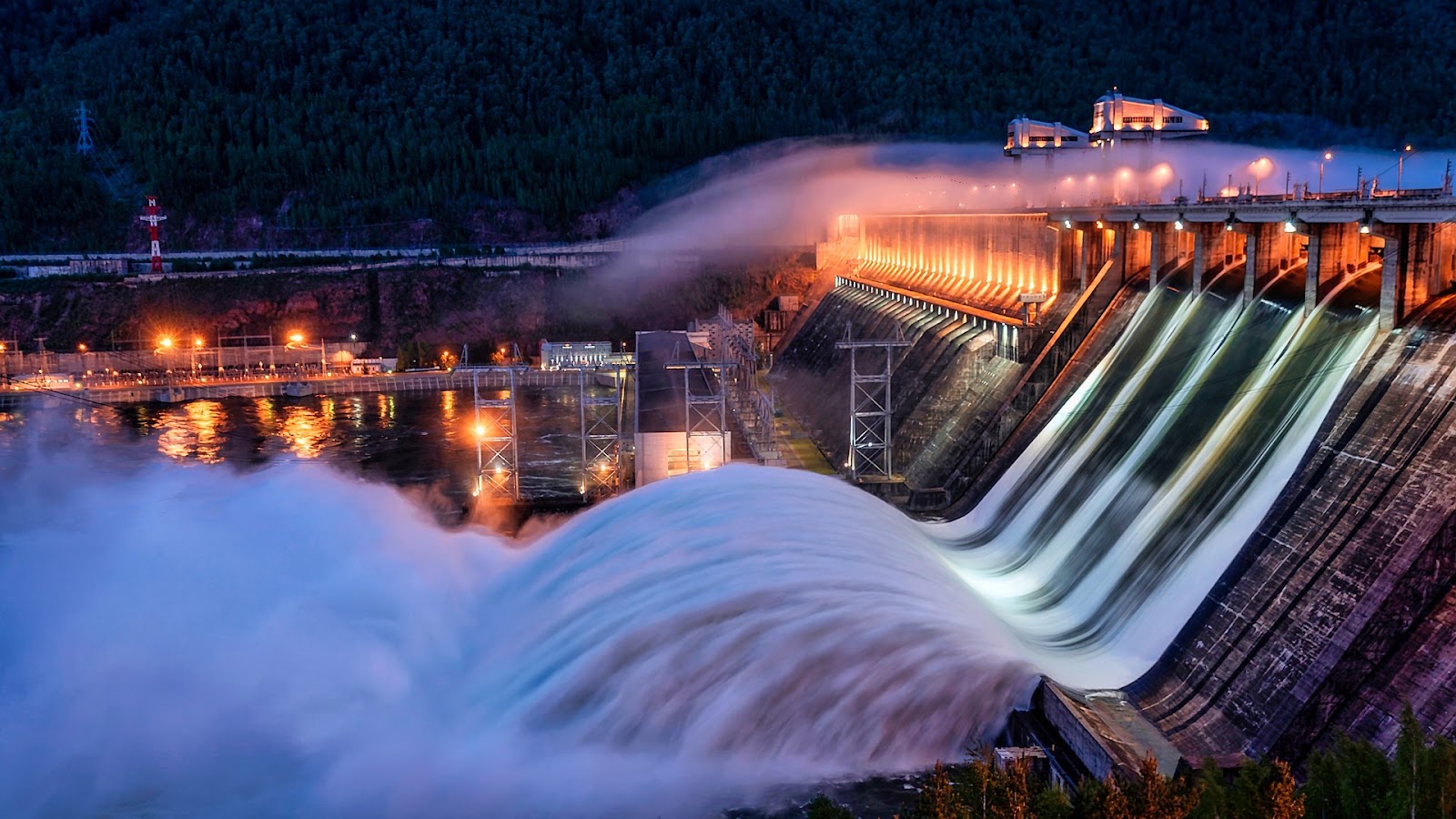Energy and Its Types
Powering the World Around Us
Energy is everywhere. From the food we eat to the devices we use, energy powers our daily lives and the world at large. Understanding energy and its various forms gives us a deeper appreciation for its role in shaping our universe.
In this blog, let’s dive into what energy is and explore its diverse types.
What is Energy?
Energy is the capacity to do work. It exists in different forms and can be transferred or transformed but never created or destroyed—thanks to the law of conservation of energy. Whether it’s a gust of wind turning a turbine or sunlight powering your solar panels, energy is constantly in motion.
Types of Energy
1. Kinetic Energy
Kinetic energy is the energy of motion. Anything that moves—whether it's a rolling ball, flowing water, or a speeding car—has kinetic energy.
- Example: Wind turbines harness the kinetic energy of moving air to generate electricity.
2. Potential Energy
Potential energy is stored energy, ready to be released. It depends on an object's position, condition, or configuration.
- Example: Water stored in a dam has gravitational potential energy due to its height.
3. Thermal Energy
Thermal energy is the energy of heat, arising from the motion of particles within a substance.
- Example: Geothermal systems tap into Earth's internal heat to generate power.
This energy is stored in the bonds of chemical compounds and is released during chemical reactions.
- Example: The food we eat and the fuel we burn contain chemical energy.
5. Electrical Energy
Electrical energy is caused by the movement of electrons. It powers modern life, from lighting homes to running computers.
- Example: Electricity generated by solar panels or power plants.
Nuclear energy is stored in the nucleus of atoms and is released through nuclear reactions like fission or fusion.
- Example: Nuclear power plants provide significant amounts of energy with minimal greenhouse gas emissions.
7. Radiant Energy
Radiant energy is electromagnetic energy that travels in waves, such as light, radio waves, and X-rays.
- Example: Solar panels capture radiant energy from sunlight to produce electricity.
8. Sound Energy
Sound energy is produced by vibrating objects and travels through a medium like air or water.
- Example: The vibrations from a guitar string produce sound energy.
9. Mechanical Energy
Mechanical energy is the sum of kinetic and potential energy in a system.
- Example: A pendulum swinging back and forth is an example of mechanical energy in action.
Transformations Between Types of Energy
Energy often changes forms to serve different purposes.
- Example 1: A hydroelectric dam converts the potential energy of water into kinetic energy, which is then transformed into electrical energy.
- Example 2: In a car engine, chemical energy in fuel is converted into thermal energy and then into mechanical energy to move the vehicle.
Why Understanding Energy Matters
Sustainability
- Recognizing the need to transition from non-renewable sources (like fossil fuels) to renewable ones (like solar and wind) is critical for environmental conservation.
Efficiency
- Learning how to minimize energy loss during transformations helps improve efficiency and reduce costs.
Innovation
- Advances in energy storage and transmission, such as batteries and smart grids, depend on a deep understanding of energy principles.
Conclusion
Energy is the force that drives life and progress. By understanding its many forms and transformations, we can harness it more effectively and sustainably. Whether it's through tapping into renewable sources or designing better technologies, our mastery of energy will shape the future of our world.













No comments:
Post a Comment